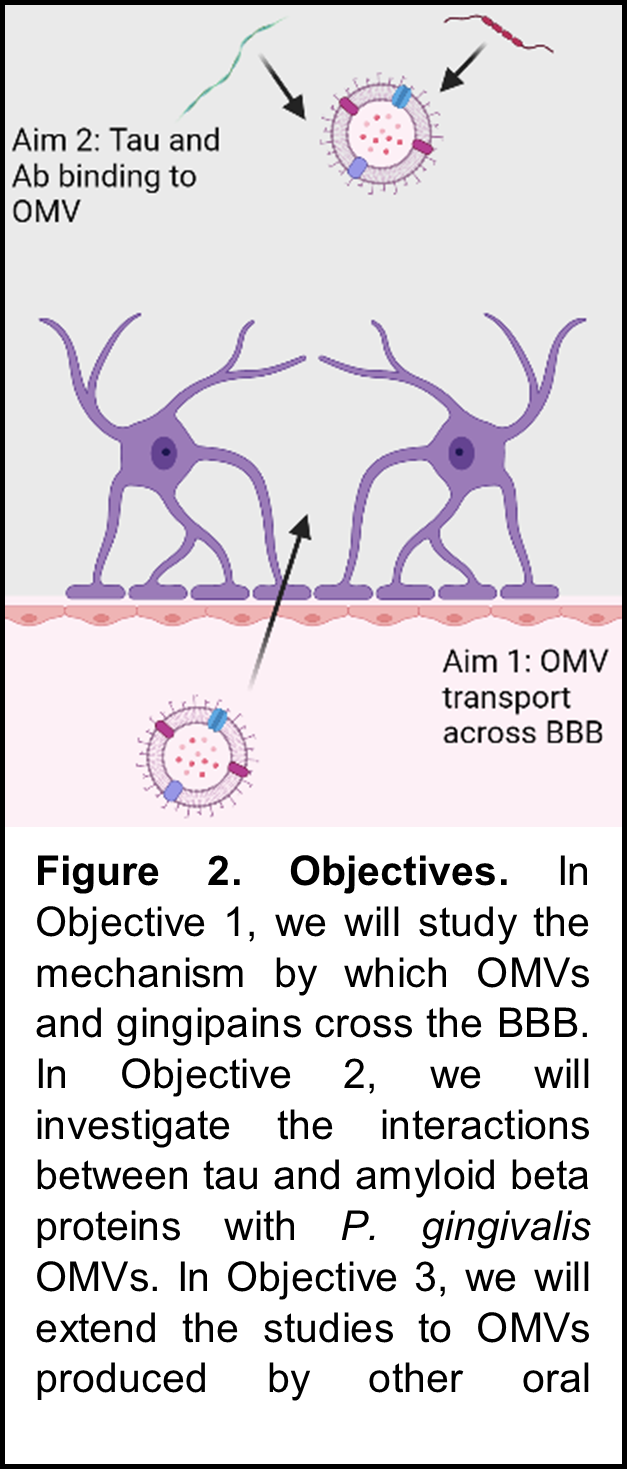Angela Brown, an Associate Professor of Chemical and Biomolecular Engineering with expertise in areas of antibiotic alternatives and biologically inspired therapeutics is lead researcher on two newly earned research grant projects.
 Controlled antibiotic delivery vehicle for treatment of aggressive periodontitis: This project is funded by the National Institutes of Health (NIH), $408,493 total costs over two years. It will fund two graduate students and one undergraduate student during those two years.
Controlled antibiotic delivery vehicle for treatment of aggressive periodontitis: This project is funded by the National Institutes of Health (NIH), $408,493 total costs over two years. It will fund two graduate students and one undergraduate student during those two years.The Brown lab has been working with a bacterial toxin called “leukotoxin” (LtxA), which is secreted by a certain disease-associated bacterium called Aggregatibacterctinomycetemcomitans (Aa). LtxA kills immune cells, so it is a way that the bacterium “fights back” against the immune system to allow the infection to be established. During prior work in the Brown lab, it was shown that when LtxA interacts with the immune cell membrane, it binds very strongly and causes the membrane to become “leaky”. The goal of the project is to design a “Trojan Horse” liposome, where the liposome membrane will resemble that of the immune cell. This will allow the liposome to act like a “sponge” to absorb free-floating LtxA, protecting the immune cells. Also, the liposomes will encapsulate an antibiotic so that when LtxA disrupts the membrane, the antibiotic will be released to kill the bacterial cell. This should allow antibiotic release only in the presence of the disease-causing bacterium.
The preliminary data for this project was collected by ChBE PhD student Ziang Li during his MS studies in the Brown lab. Li is co-advised by Professor Brown and Steven McIntosh, Professor and Department Chair; Zisman Family Professor of Chemical and Biomolecular Engineering, working on the interdisciplinary collaboration of the cultured meat project.

Establishing the Role of Oral Bacterial Outer Membrane Vesicles in Alzheimer’s Disease: This project is funded by the Infectious Diseases Society of America (IDSA) through their “Microbial Pathogenesis in Alzheimer’s Disease” program. It will fund $100,000 total costs over one year. It will fund one graduate student and one
undergraduate student during that time.
Accumulating recent evidence suggests that at least some instances of Alzheimer’s Disease (AD) might be related to bacterial or viral infections. The goal of this work is to build on some recent findings showing that certain components of some periodontal pathogens can be found in AD brains. Specifically, the Brown lab will be studying: (1) how are these bacterial components transported to the brain, and (2) what happens to them when they are in the brain? The brain is protected by something called the “Blood-Brain barrier (BBB)” which keeps most compounds in the blood from entering the brain. But bacteria release vesicles called “outer
membrane vesicles (OMVs)” that have been shown to cross the BBB. We are going to study the transport of bacterial components alone and in association with OMVs across the BBB. We will also study how certain neuronal proteins associated with AD react to the presence of the OMVs and bacterial components.
Department/Program:


